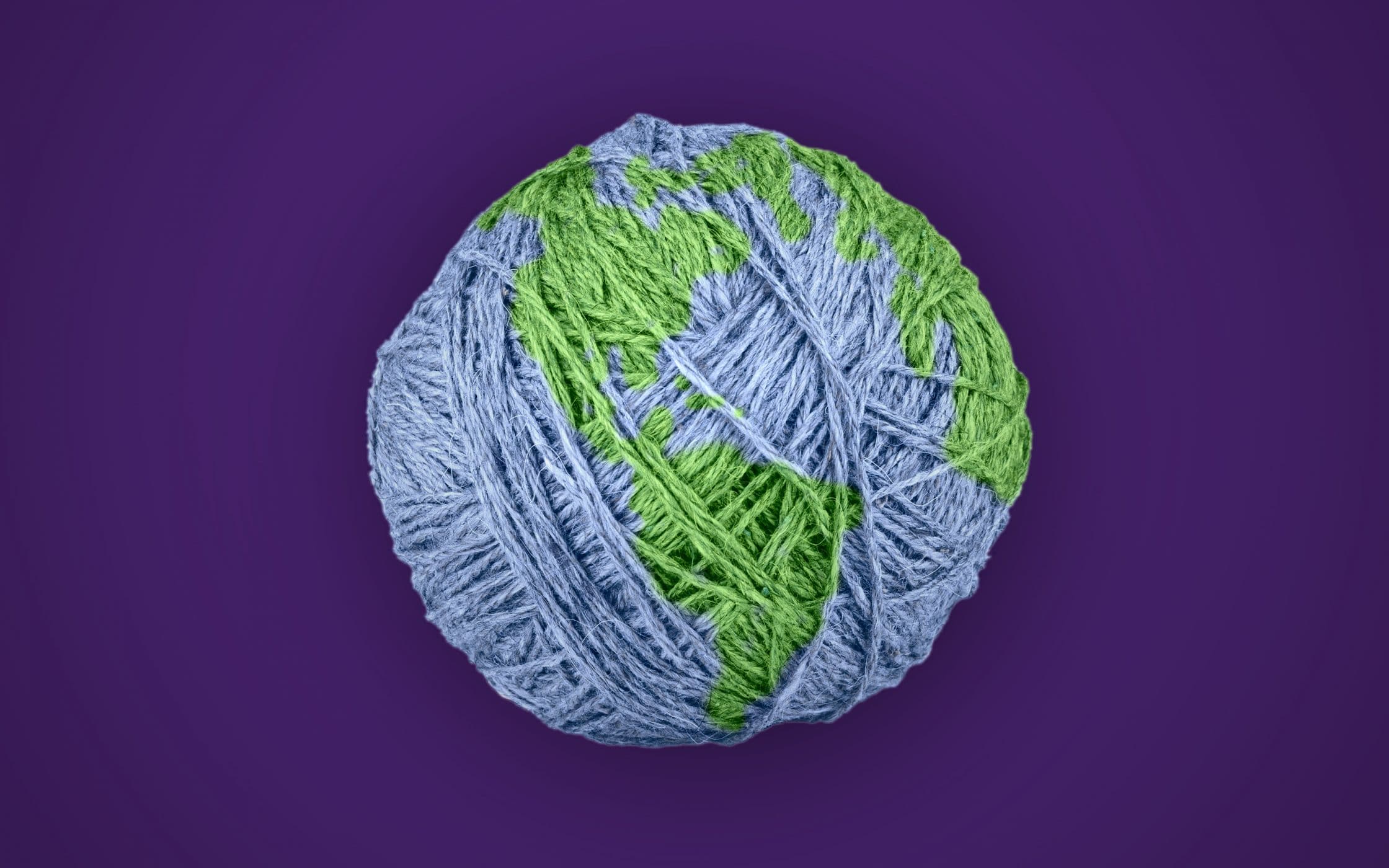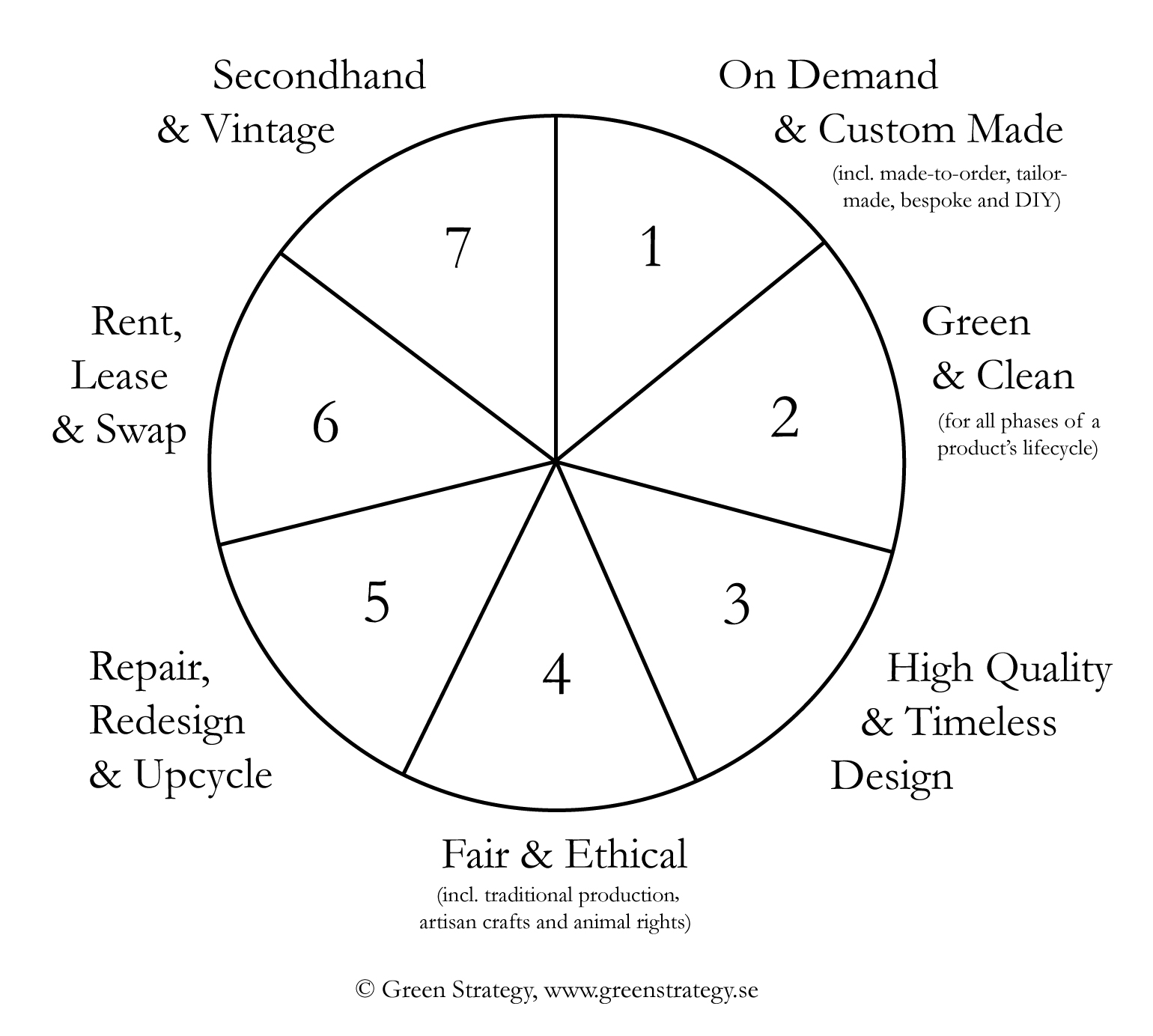How Cape Town Sustainable Fashion is Shaping Eco-Conscious Buying
How Cape Town Sustainable Fashion is Shaping Eco-Conscious Buying
Blog Article
Remain Ahead of the Curve by Checking Out Innovative Style Patterns
In an industry as dynamic as fashion, remaining in advance involves even more than simply following existing fads-- it demands an exploration of innovation. The convergence of modern technology and fashion proclaims a new era of customer engagement.

Accepting Smart Textiles
Recently, the fashion industry has observed a transformative change with the integration of wise textiles, an advanced innovation that blends innovation with material. This development represents not only a blend of appearances and capability however also a considerable jump in the direction of sustainability and customization in style. Smart textiles, likewise called e-textiles, installed sophisticated electronics such as sensors and conductive threads within the fabric, making it possible for garments to interact with the wearer or the atmosphere.
These textiles are created to keep track of physical specifications, such as heart price or body temperature, supplying real-time health analytics. Beyond wellness applications, wise textiles are also being utilized for adaptive clothes, which can change color or pattern in feedback to environmental stimulations, therefore supplying a vibrant style experience.
Additionally, the advancement of energy-harvesting fabrics that produce power from movement or sunlight is leading the way for self-sufficient wearable innovation. This innovation is attracting ecologically aware consumers and developers aiming to reduce the environmental footprint of fashion. As research study and growth in this area development, smart textiles are expected to end up being significantly common, improving the landscape of modern fashion with their multifunctional abilities.
The Surge of 3D Printing
Transforming the manufacturing landscape, 3D printing has become a game-changer in the apparel industry. This sophisticated technology has allowed designers to press the borders of creativity, creating detailed and tailored garments that were previously inconceivable. By leveraging electronic style and additive production, 3D printing facilitates the development of intricate geometries and patterns, enabling developers to explore brand-new appearances and structures.
A notable advantage of 3D printing in fashion is its capacity to produce on-demand, lessening waste and reducing stock requirements. This effectiveness not just optimizes manufacturing procedures however also permits for rapid prototyping, making it possible for designers to bring their visions to life in a shorter duration. In addition, 3D printing sustains personalization to a level unequaled by conventional methods, using unique styles and personalized fits tailored to individual consumer choices.
The surge of 3D printing has also democratized style, making it obtainable to emerging designers that can currently make top notch items without considerable monetary investment in conventional production facilities. As innovation proceeds to advancement, the fashion business is poised to harness the full possibility of 3D printing, exploring brand-new products and strategies that will certainly redefine just how fashion is conceived and created.
Sustainable Style Technologies
As the apparel industry grapples with journalism requirement for ecological responsibility, lasting style advancements have actually arised at the leading edge of transformative adjustment. The growing recognition of eco-friendly effect has fueled a shift towards even more eco-conscious techniques and materials. Brand names and developers are now prioritizing sustainability, integrating approaches that lessen waste and reduce carbon footprints.
One considerable growth is the surge of round fashion, which emphasizes recycling and upcycling to expand the lifecycle of garments. This approach not just lowers waste however also motivates customers to adopt a much more mindful technique to apparel intake. Additionally, using sustainable materials, such as natural cotton, hemp, and recycled polyester, has acquired grip. These products require less water and energy during production, substantially lessening environmental influence.
An additional development lies in the fostering of innovative dyeing strategies that utilize waterless procedures or natural dyes, thus lowering the large quantities of water and chemicals typically utilized in fabric dyeing. Additionally, innovations in biotechnology have brought about the creation of lab-grown leather and textiles, providing YOURURL.com ecologically pleasant and cruelty-free options to conventional products. Via these pioneering initiatives, the garment industry is making meaningful strides in the direction of a much more sustainable future.

Tech-Integrated Garments
Tech-integrated clothing represents a groundbreaking combination of style and innovation, improving exactly how people engage with their clothes. This ingenious domain is marked by the inclusion of clever textiles and embedded digital components, improving both capability and aesthetic allure. From fitness trackers installed in sports apparel to heated jackets managed via smart device apps, tech-integrated clothing provides customers unmatched benefit and adaptability.
Introducing brand names are driving this pattern, focusing on producing garments that respond to environmental stimulations or customer commands. As an example, some garments can transform shade or pattern in action to temperature shifts, while others integrate biometric sensing units to check health and wellness metrics like heart rate or stress and anxiety degrees. The smooth assimilation of modern technology into fabrics also includes ecological sustainability, with efforts to create self-cleaning materials or garments that readjust to weather, therefore reducing the need for numerous layers.
In addition, the advent of wearable technology is not simply restricted to apparel however encompasses devices like watches and glasses, further widening the scope of tech-integrated style. As the industry remains to introduce, the potential for customization and personalization in apparel grows, using consumers special, tech-enhanced style experiences that accommodate their private requirements and choices.
Future of Virtual Fashion
In the last few years, the future of virtual style has become a transformative pressure within the sector, leveraging improvements in digital technology to redefine just how style is created, experienced, and taken in. By incorporating enhanced reality (AR), digital truth (VIRTUAL REALITY), and 3D layout tools, designers can currently craft immersive and interactive experiences that go beyond conventional style boundaries. Digital fashion permits the creation of garments that exist entirely in electronic settings, providing unlimited opportunities for advancement without the restrictions of physical manufacturing.
This electronic change not just presents chances for imaginative expression yet also addresses sustainability concerns fundamental in standard style techniques. Cape Town Sustainable Fashion. By getting rid of the need for physical sources, digital style lowers waste and lessens carbon impacts. Additionally, the rise of virtual fashion aligns with the boosting consumer demand for personalized and special experiences, as virtual garments can be customized and tailored to specific preferences with convenience

Verdict
The fashion business's future depend on the combination of lasting methods and cutting-edge technologies - Cape Town Sustainable Fashion. Smart textiles and tech-integrated garments are improving capability, while 3D printing offers possibilities for modification and waste decrease. Sustainable fashion, through green materials and round strategies, demonstrates a commitment to informative post ecological stewardship. Additionally, digital style is positioned to redefine customer interactions. Adjusting to these fads is vital for brand names seeking to remain pertinent and affordable Discover More Here in this rapidly developing landscape.
In recent years, the fashion industry has actually witnessed a transformative shift with the combination of smart fabrics, an advanced development that mixes technology with material.As the style sector grapples with the pushing need for ecological obligation, sustainable fashion advancements have actually arised at the forefront of transformative adjustment.In current years, the future of digital style has emerged as a transformative pressure within the industry, leveraging developments in digital innovation to redefine just how fashion is developed, experienced, and eaten. The surge of digital style straightens with the raising customer need for one-of-a-kind and individualized experiences, as online garments can be customized and tailored to specific preferences with simplicity.
The style sector's future lies in the integration of lasting techniques and ingenious technologies.
Report this page